BITING POINT is “a desire to find goodness in a difficult and uncertain world,” its British Indian playwright has said, adding that he hopes it will resonate with audiences in Hull and beyond.
Written by Sid Sagar, the play is a sitespecific production performed in car parks and examines how anger can turn good people ugly.
“The play is deeply rooted in examining how anger can transform ordinary people – individuals simply going about their lives, dealing with everyday stresses that audiences will relate to, whether that’s work pressure, family stress or relationships not functioning as well as desired.
“It also explores how being caught in city centre traffic and congestion in Hull can affect people’s temperament,” Sagar told Eastern Eye in an interview.
He added, “In recent years, particularly during and since the pandemic, there has been a general rise in rage among the public. This anger partly stems from the less formalised, less polite conduct we now see in mainstream politics, which trickles down to ordinary people who feel so disempowered and disenfranchised that venting – often in problematic ways – seems their only recourse to be heard.”
Directed by Paul Smith, Biting Point centres around a road accident and its knock-on effects. John (played by Marc Graham), a white British delivery driver, and Anita (Katie Singh), a British south Asian property manager, have grown up in the same city with both similar and differing experiences and frustrations of keeping pace with modern life. When they collide at a roundabout in relentless rush-hour traffic, their frustrations and anger boil over, leading them to react in ways they never thought possible.
Biting Point’s running time will be 75 minutes without an interval.
“The unique aspect of this production is that it’s touring to car parks of various shapes and sizes rather than conventional theatres. The actors will perform live, while audience members entering the car park will be given headsets through which they’ll hear poems and thoughts from local artists before the show begins. Suddenly, viewers will be thrust into the characters’ world, who sometimes communicate with each other, but more often replay memories, telling us about various interactions with important people in their lives,” said Sagar, who took four years to write the play.
“Through the headphones technology, audiences will experience numerous characters and an entire world of voices, adding to the sense of people being weighed down by information overload. This overwhelming nature of societal demands fuels the rise in rage, or at least creates a sense that people don’t quite know how to manage stress, which, if left unaddressed, can quickly develop into something more worrying.”
In his opinion, without the conventional “fourth wall” of darkened theatres, actors will directly engage with viewers, creating an immediate connection that makes the audience feel part of the storytelling process.
According to Sagar, the novel approach of performing the play in car parks emerged through collaboration with himself, the director and the production team. The play also received support from Without Walls, a UK charitable foundation that funds site-specific art projects in unexpected locations.
He said, “The car park setting aims to make theatre more inclusive and accessible, bringing stories to communities who might not typically attend traditional venues. It transforms an ordinary, functional space into something that can tell meaningful stories about the place people find themselves in.
“Upon arrival, audience members will receive headphones, a cup of tea, and a magazine featuring works by local artists. The immersive experience includes memories, sound design, and unique perspectives from the top floors of car parks, offering spectacular city views rarely appreciated.”
Though acknowledging it’s a challenge and perhaps a risk, Sagar said the most rewarding outcomes often come from embracing such challenges.
The actor-writer is from Delhi and grew up in Hertfordshire.
Asked how his Indian background influenced his writing, he said, “I was born to parents from Delhi and grew up in Nairobi, Barcelona and Moscow until I was eight, when my family moved to England in 2001. I settled in Hertfordshire, just outside London, where I spent my formative years before later relocating to north London.
“This experience of movement and feeling ‘slightly different’ heightened my selfawareness from a young age, making me more attuned to how people respond to differences. My own background fostered my interest in storytelling about ‘big themes from small places’ and examining ordinary people’s experiences.
“As with many artists from ethnic minority backgrounds in the west, my work is underpinned by a desire to understand my place in a society that presents itself as inclusive, whilst acknowledging persistent troubling views about integration and immigration.”
Biting Point was commissioned in 2023, prior to the 2024 summer riots that swept through Southport, Hull and other towns and cities across the UK.
Sagar added, “For the play, I created Anita, a character with south Asian heritage born and raised in Grimsby (northeast England), who sounds local, but looks Indian.
“The play’s 2025 performance comes less than a year after the UK riots of 2024 – events reflecting both legitimate expressions of despair and more nefarious forces, resulting in attacks on minorities. While I resist reductive classifications of ‘British Asian’ identity, I believe engaging audiences with these complex stories of belonging and community might help them leave the theatre feeling differently than when they arrived.”
The innate human tendency towards goodness and acceptance is often forgotten as we navigate adulthood, Sagar said.
“When this fundamental nature intersects with today’s globalised, increasingly unequal world, the consequences for ordinary people can be devastating. Our political systems frequently leave those without a voice feeling more disenfranchised, while those at the upper end of the scale control media and politics. This power imbalance can lead fundamentally decent people to develop resentment. When communities change and opportunities diminish, people naturally search for explanations. However, the true causes are often more complex than we wish to believe. The 2024 riots, for example, cannot be attributed solely to asylum seekers in hotels; these communities’ grievances stem from decades of governmental neglect – closed libraries, underfunded schools, and relocated hospitals. These systemic failures can transform good people’s outlook, with potentially devastating results. Ultimately, this play aims to offer communities hope that goodness remains possible, even when circumstances seem stacked against us.”
Sagar trained with the Soho Theatre Writers’ Lab, the INSPIRE scheme at Hampstead Theatre, the London Library Emerging Writers Programme, and the Channel 4 Screenwriting Course in 2023.
The writer, who also plays Mr Praed in Mrs Warren’s Profession at the Garrick Theatre, London, later this month, said his acting journey also helped him with his writing. “I think acting is always useful. It gives you insight not only into how other creatives work – what directors and writers need – but ultimately, because you’re the one who must stand up and deliver the lines, it gives you a sense of how dialogue works and what makes for good dialogue. It also helps you understand what makes for good characters.
“Actors are naturally drawn to playing complex characters. We want to play people who have a journey in a play. You don’t want to just stand there and say one line over several hours - you want to have something to hold on to. That informs the way I write. I want to create interesting people doing interesting things, even if, at first glance, they don’t come from particularly interesting places.

Sagar added, “For example, in Biting Point, you have John, who is a delivery driver - someone doing a job most people might not pay much attention to. Then there’s Anita, a property manager, which might sound dull or ordinary. But their inner worlds, the things affecting them every day, are complicated, messy, knotty, and sometimes funny too.
“So, I think my acting background - my experience on stage performing, making people laugh, moving people - means I want to give actors the opportunity to shine and tell exciting stories. My performance background informs the way I write, and vice versa. The way I write also draws me, as an actor, to work that is challenging, provocative, and says something about the world, rather than shying away from it or accepting things as they are.”
Biting Point opens in Hull next Saturday (10) and will tour north England until June 22.






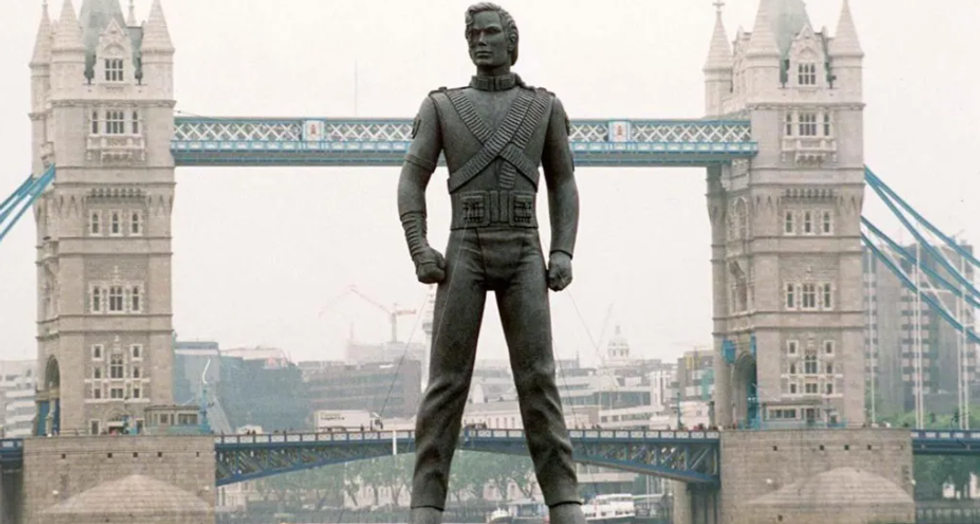 The statues were the product of a transatlantic effortGetty Iamges
The statues were the product of a transatlantic effortGetty Iamges








 The 50 digital paintings showcase a blend of cosmology and Indian classical musicThe Bhavan
The 50 digital paintings showcase a blend of cosmology and Indian classical musicThe Bhavan
 Deccan Miniature Images - Gold Cows on red getty images
Deccan Miniature Images - Gold Cows on red getty images Pastel Lotus getty images
Pastel Lotus getty images Krishna as Govindagetty image
Krishna as Govindagetty image Greyscale Pichvais
Greyscale Pichvais  Sketches
Sketches  Modern Cow Pastel
Modern Cow Pastel Sketches
Sketches  Pichvai gifted to Narendra Modi
Pichvai gifted to Narendra Modi  Black and gold Gopis
Black and gold Gopis  The Haveli of Shrinathji
The Haveli of Shrinathji
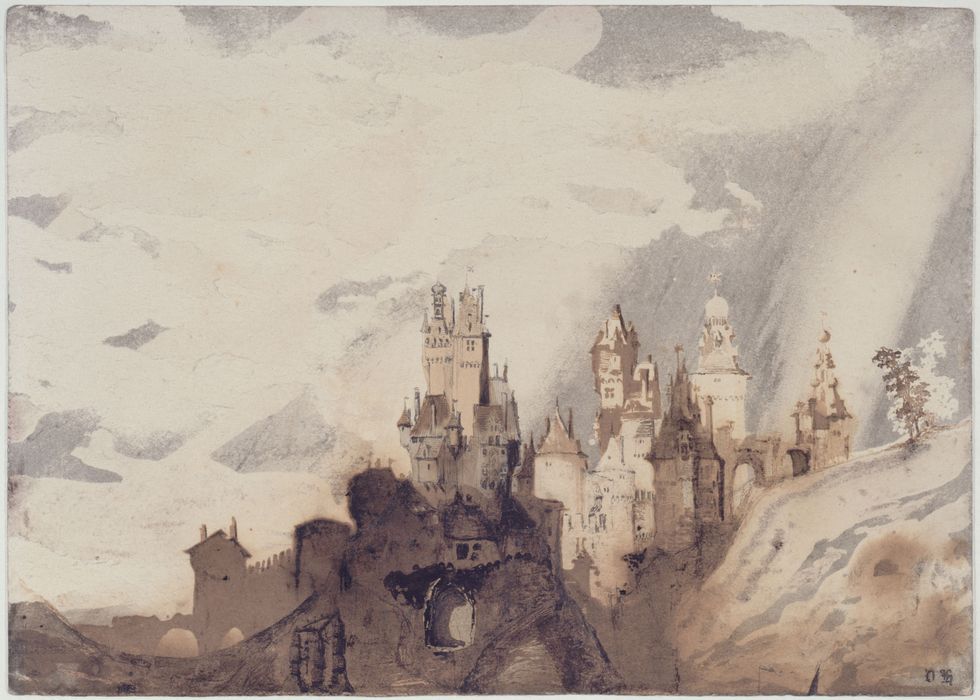 The Cheerful CastleParis Musees
The Cheerful CastleParis Musees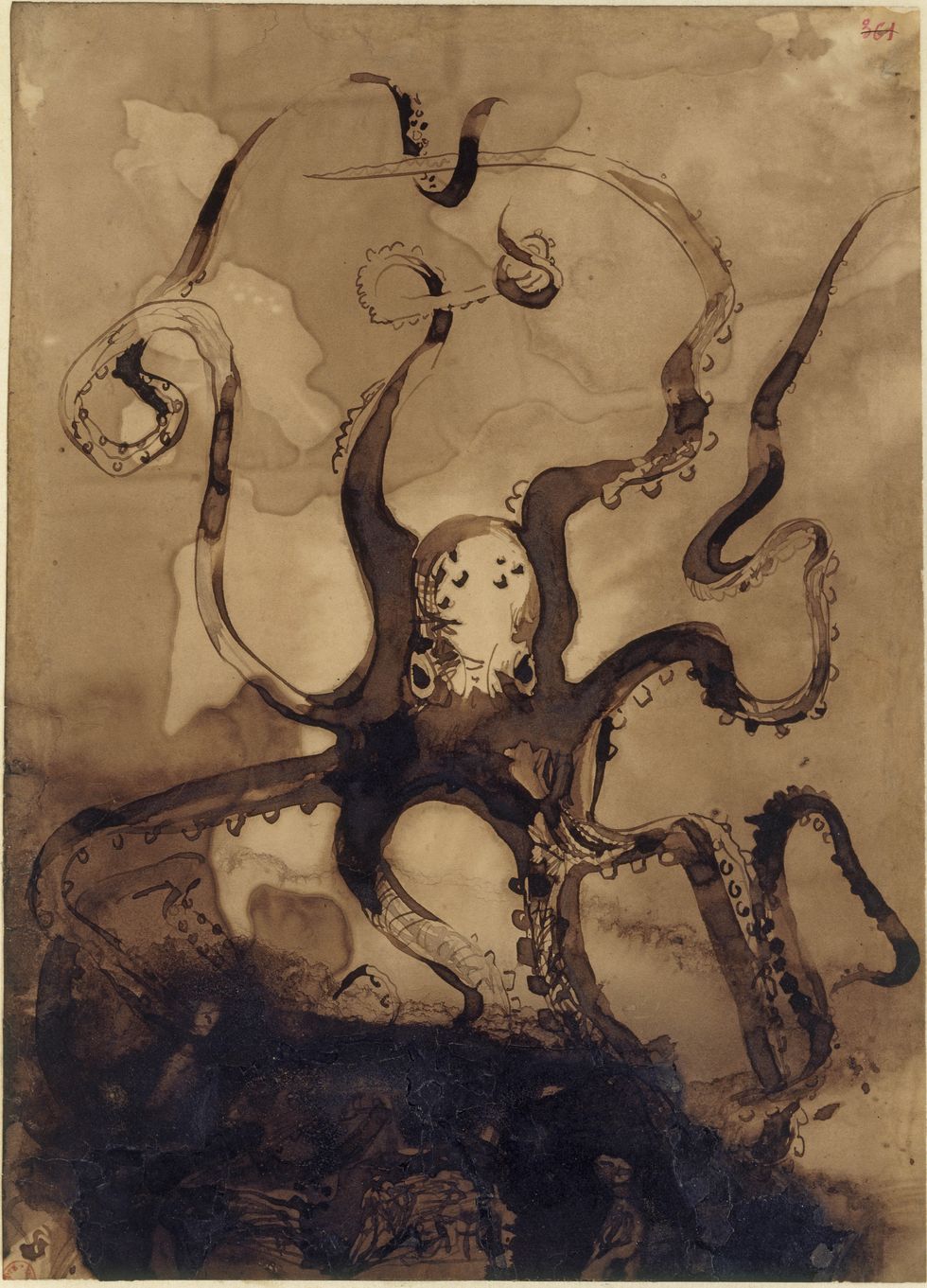 OctopusParis Musees
OctopusParis Musees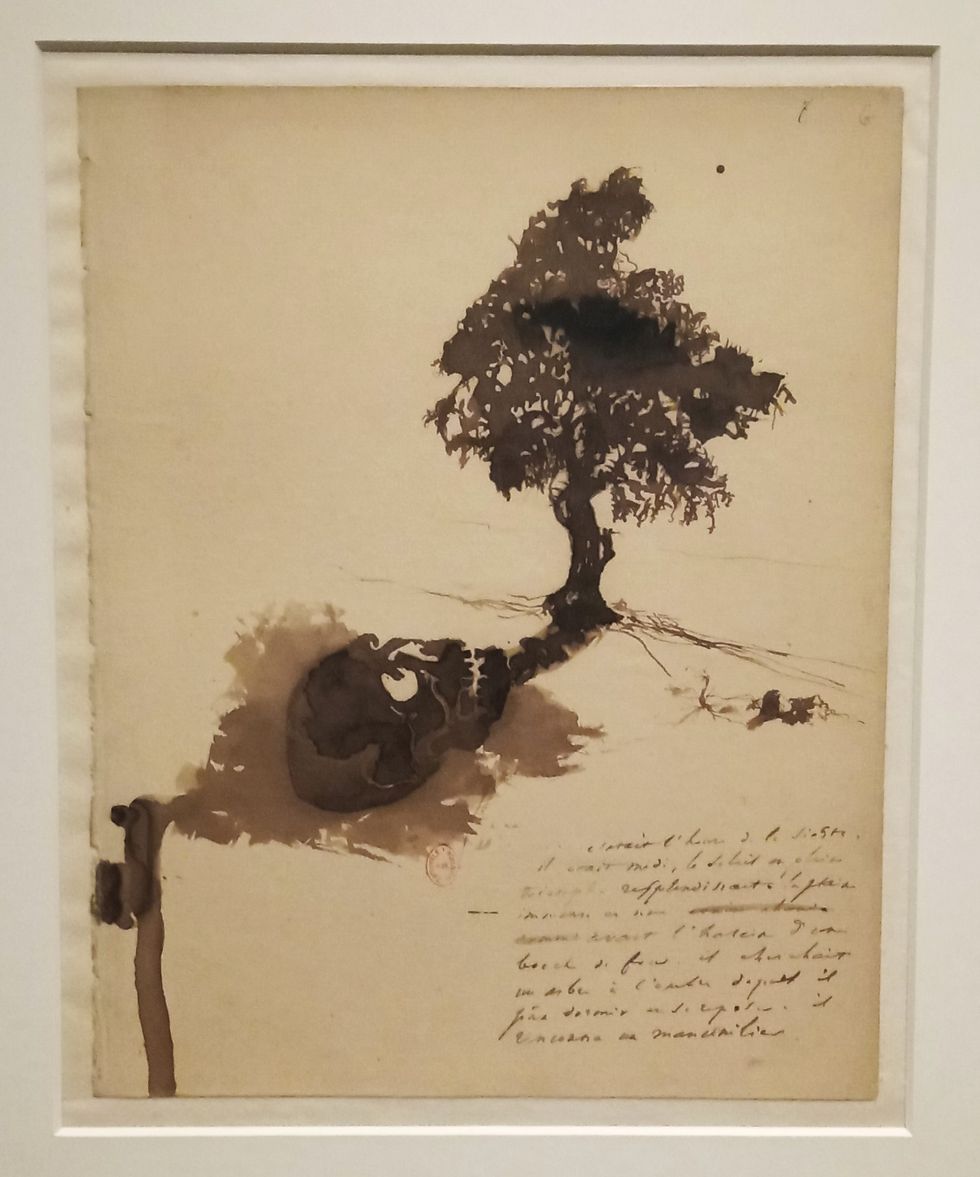 The Shade of the Manchineel TreeParis Musees
The Shade of the Manchineel TreeParis Musees MushroomParis Musees
MushroomParis Musees A photograph of Hugo taken by his son, CharlesParis Musees
A photograph of Hugo taken by his son, CharlesParis Musees
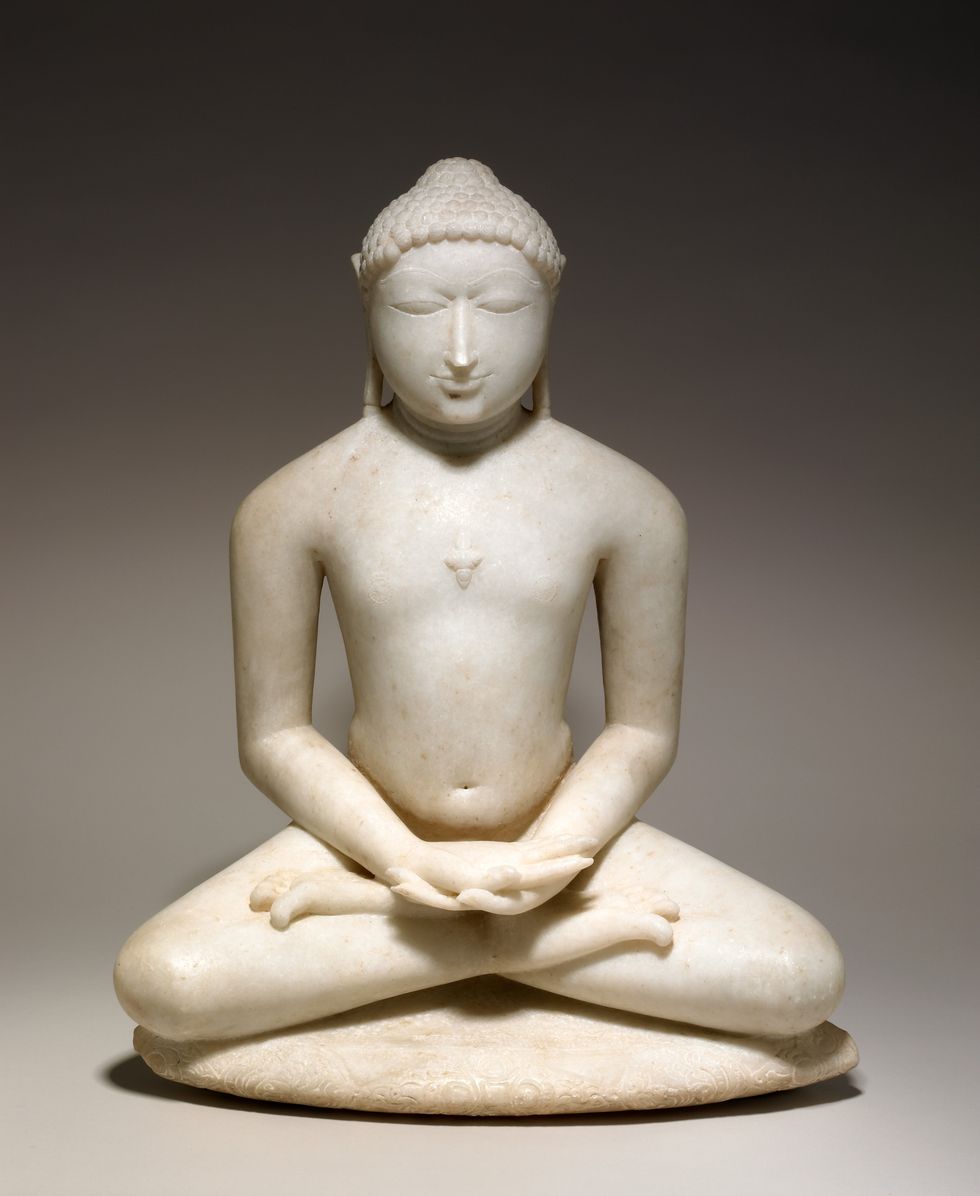 A seated Jain enlightened teacherAshmolean Museum, University of Oxford
A seated Jain enlightened teacherAshmolean Museum, University of Oxford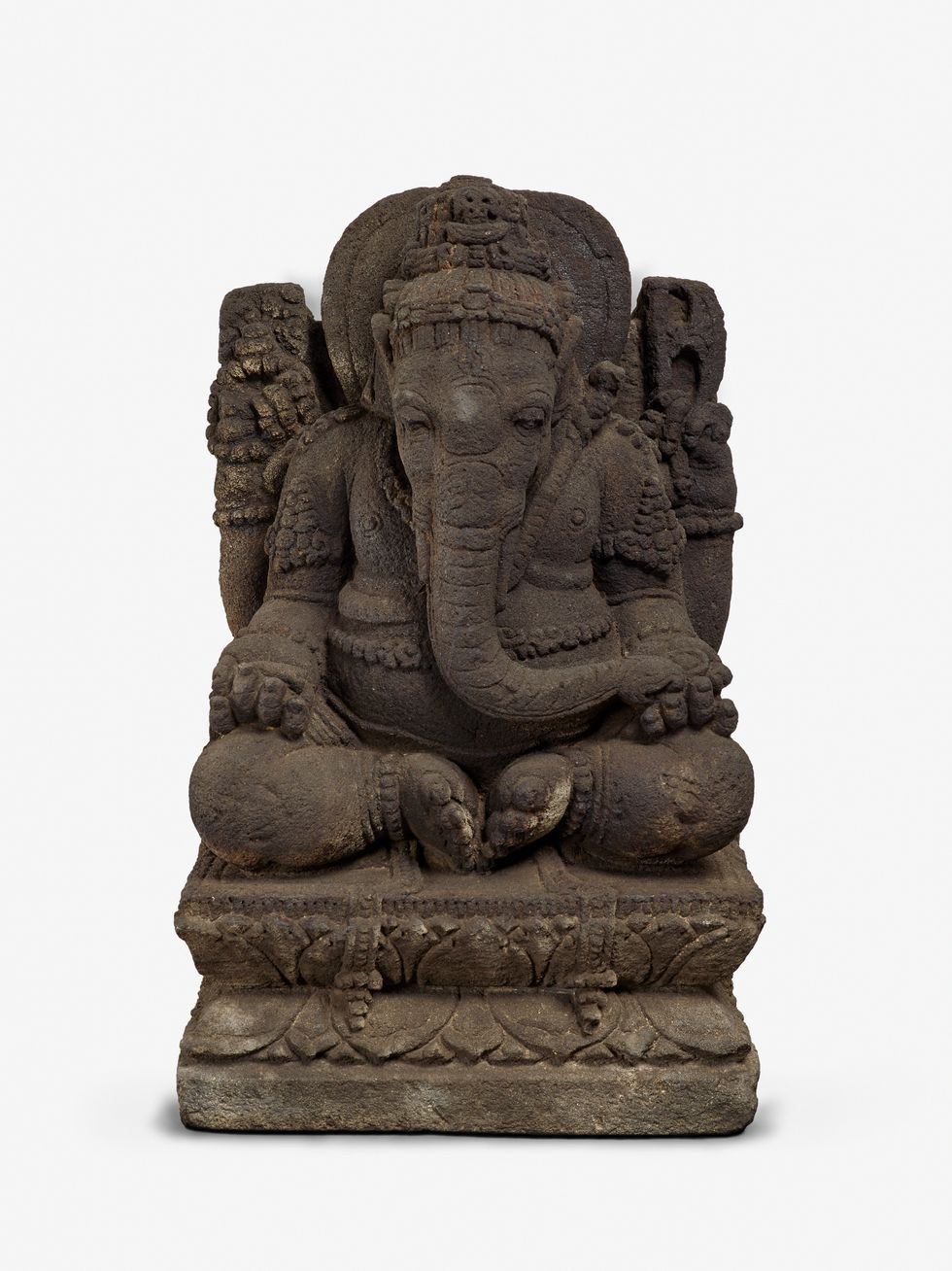 Ganesha from JavaAshmolean Museum, University of Oxford
Ganesha from JavaAshmolean Museum, University of Oxford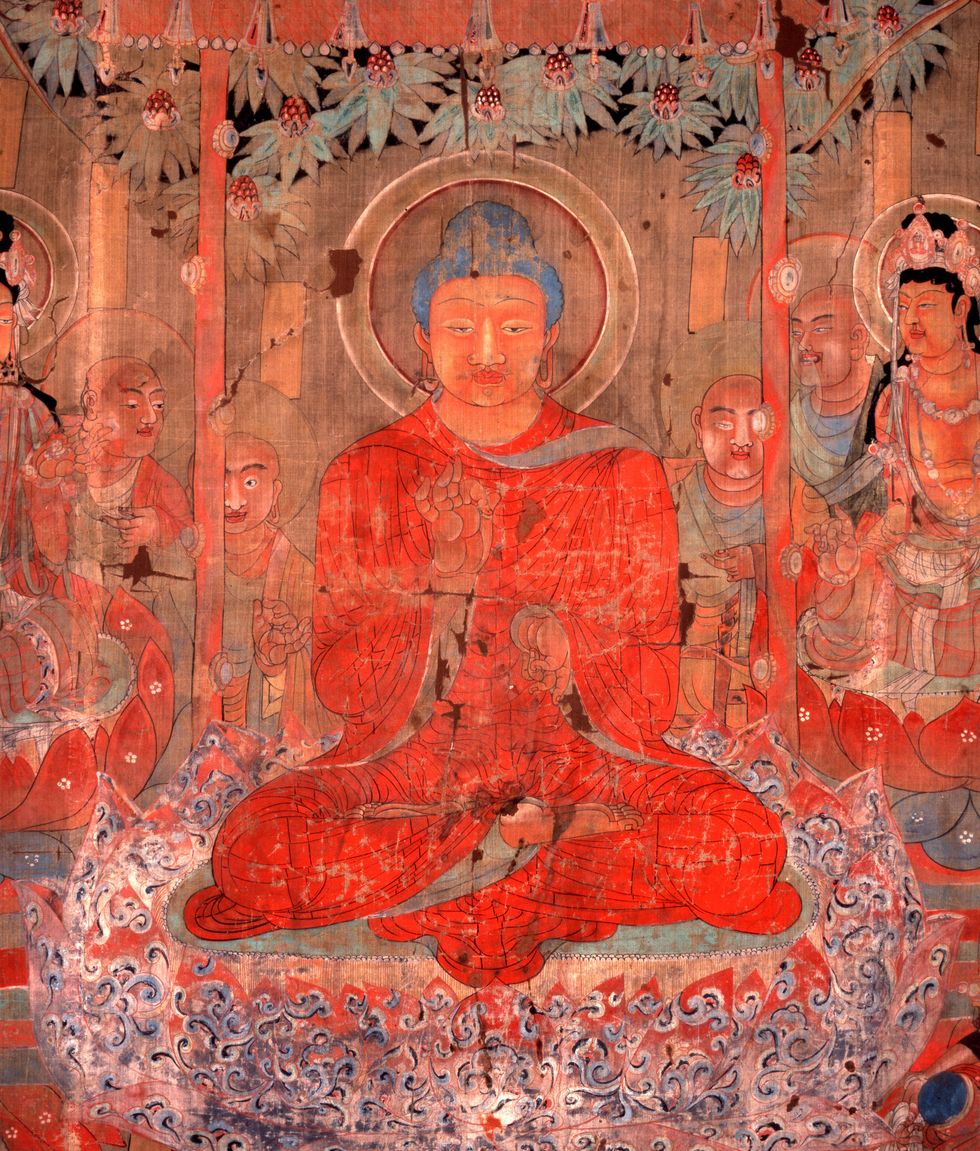 A Chinese silk painting depicting the BuddhaAshmolean Museum, University of Oxford
A Chinese silk painting depicting the BuddhaAshmolean Museum, University of Oxford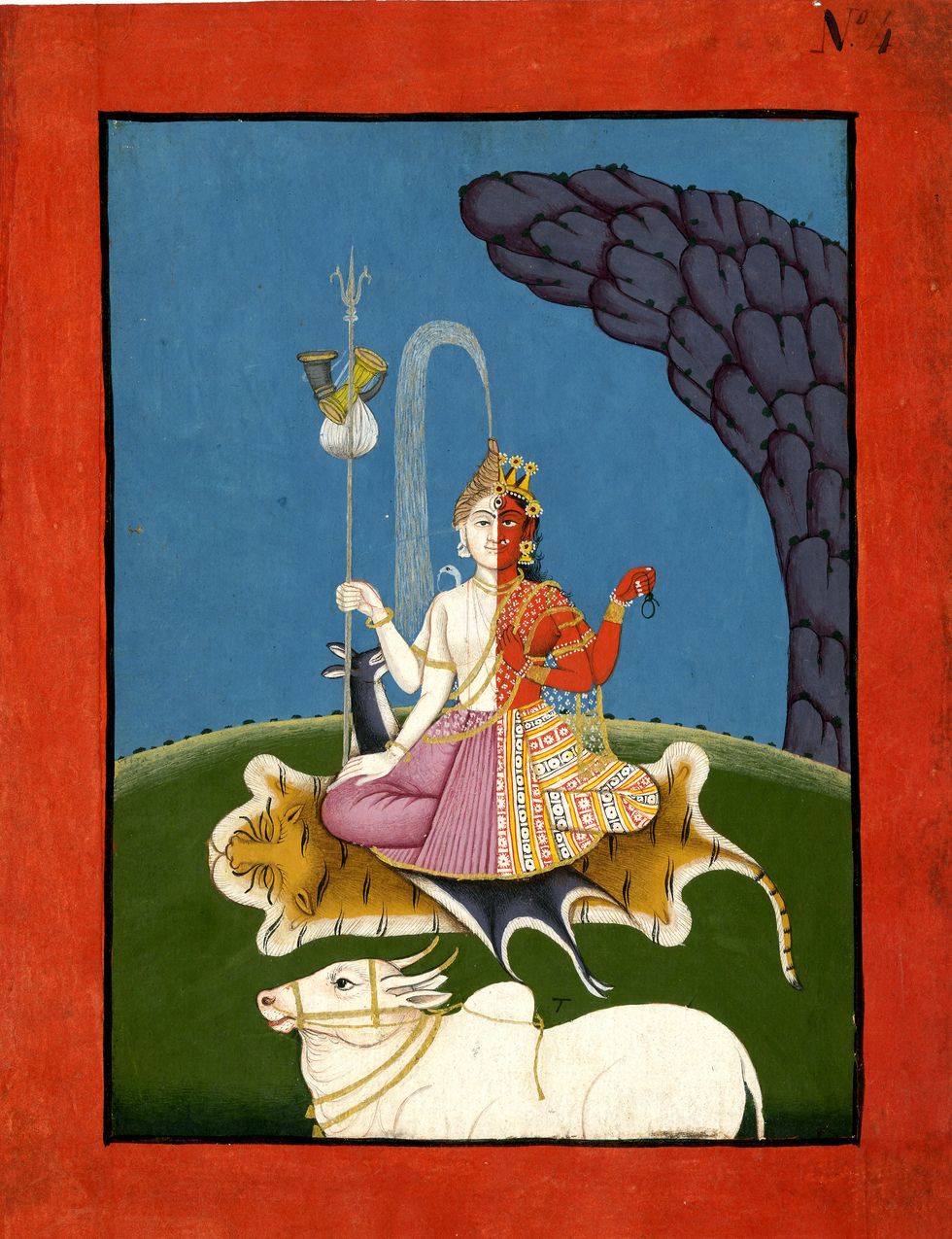 ArdhanarishvaraAshmolean Museum, University of Oxford
ArdhanarishvaraAshmolean Museum, University of Oxford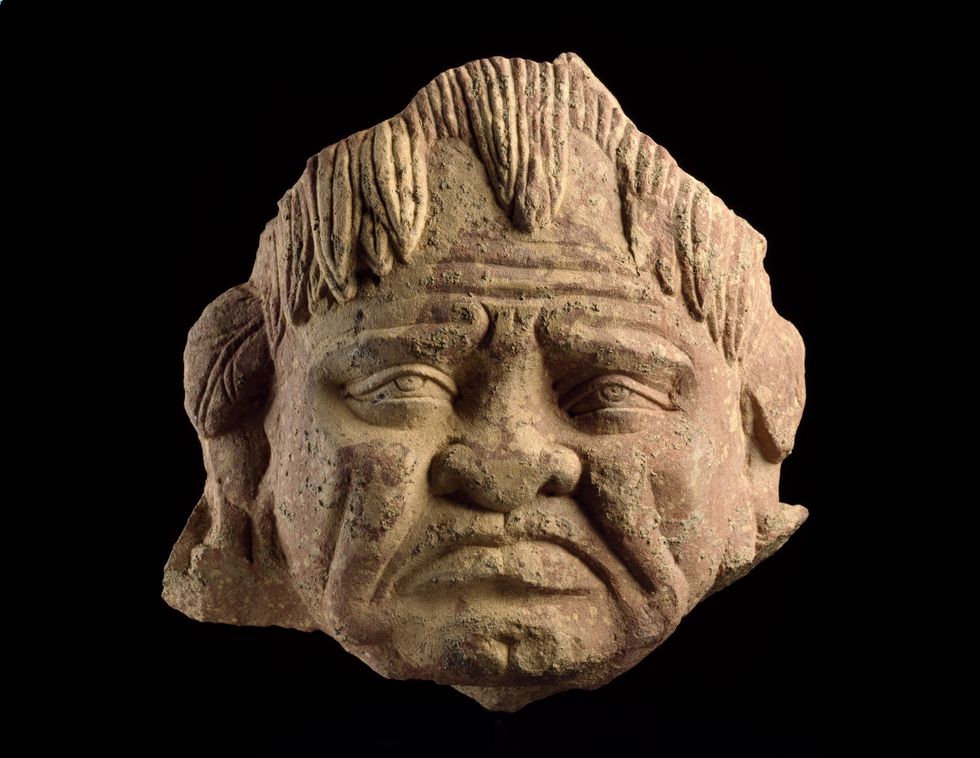 Head of a grimacing yakshaAshmolean Museum, University of Oxford
Head of a grimacing yakshaAshmolean Museum, University of Oxford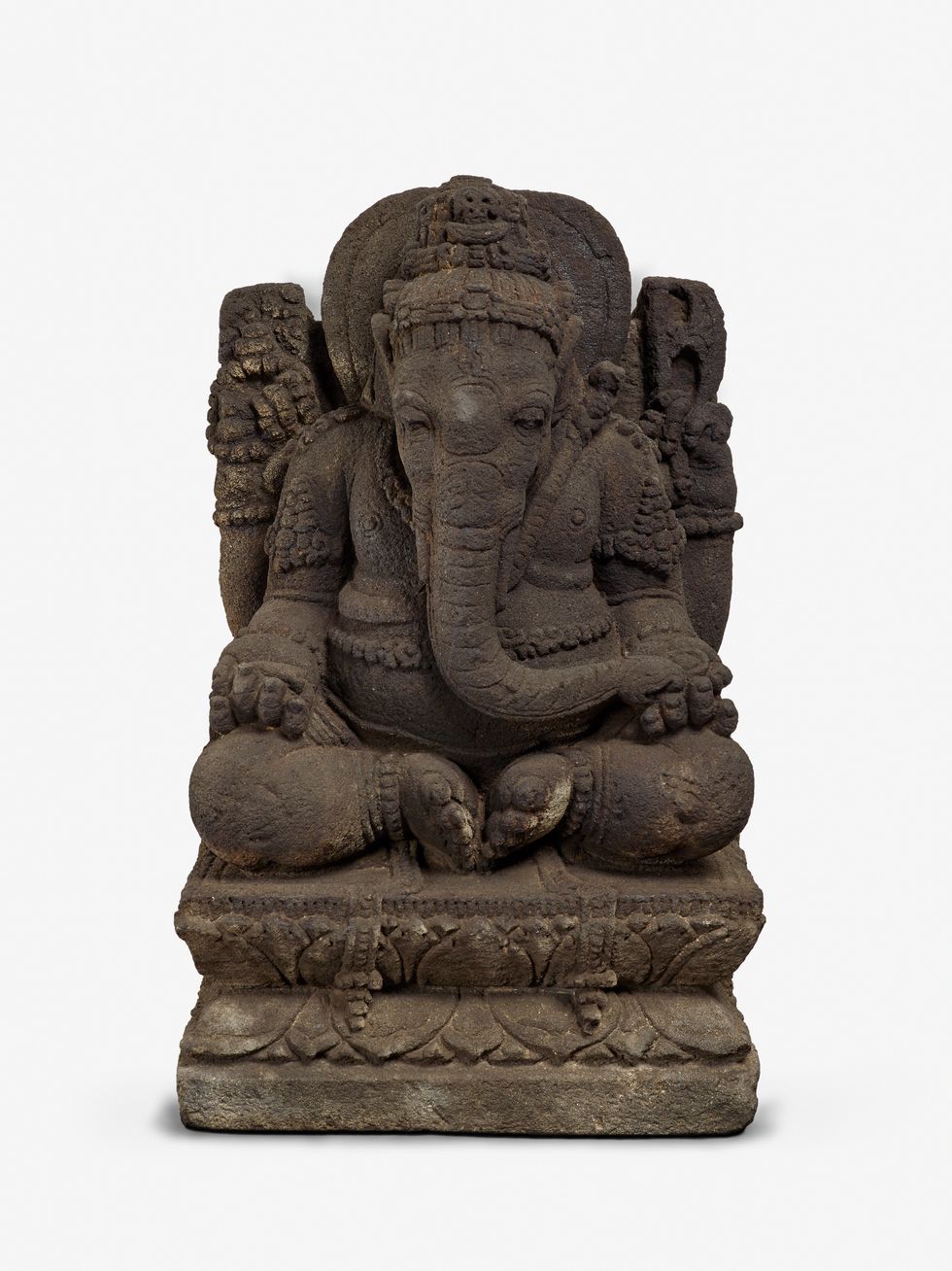 NagaAshmolean Museum, University of Oxford
NagaAshmolean Museum, University of Oxford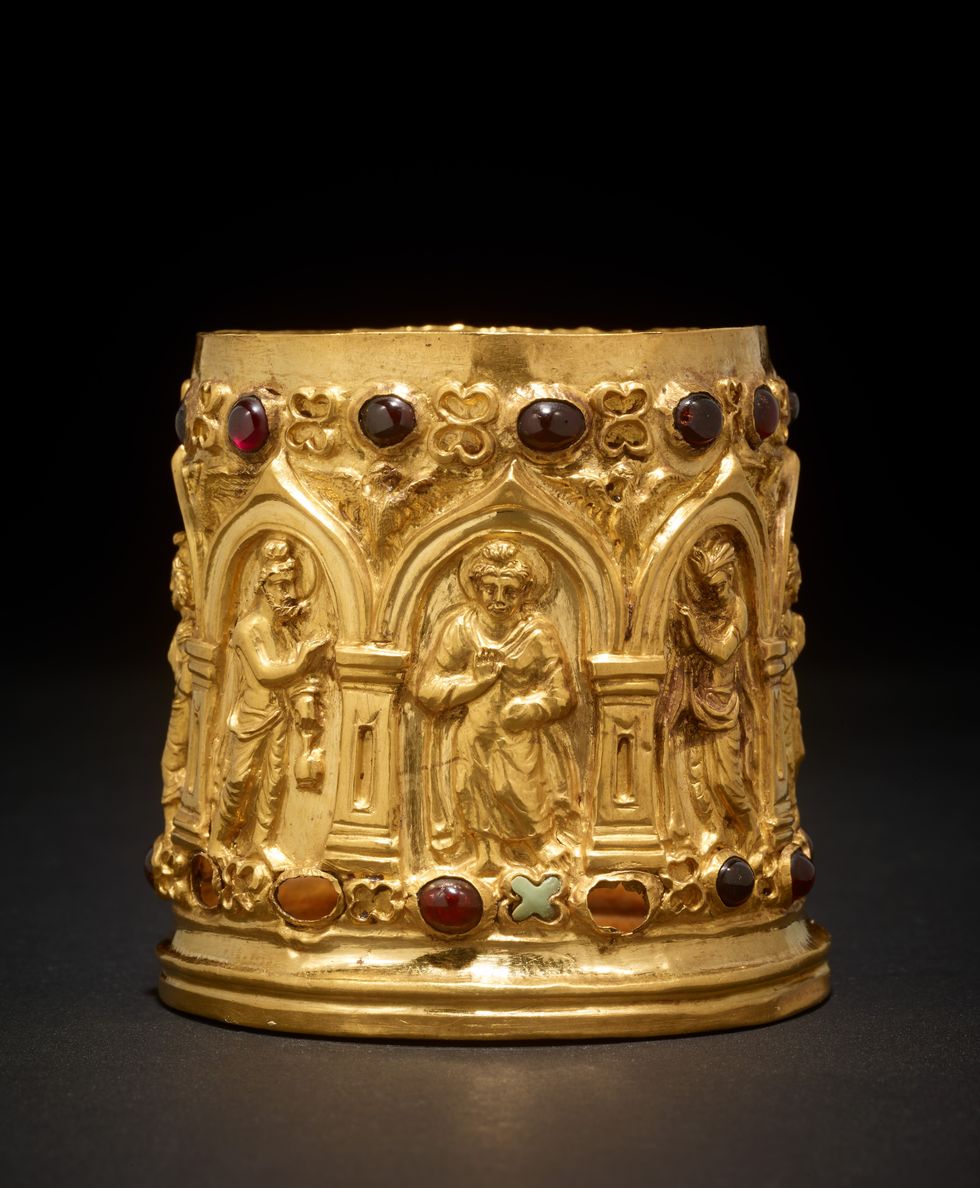 The Bimaran casketAshmolean Museum, University of Oxford
The Bimaran casketAshmolean Museum, University of Oxford
Police may probe anti-Israel comments at Glastonbury